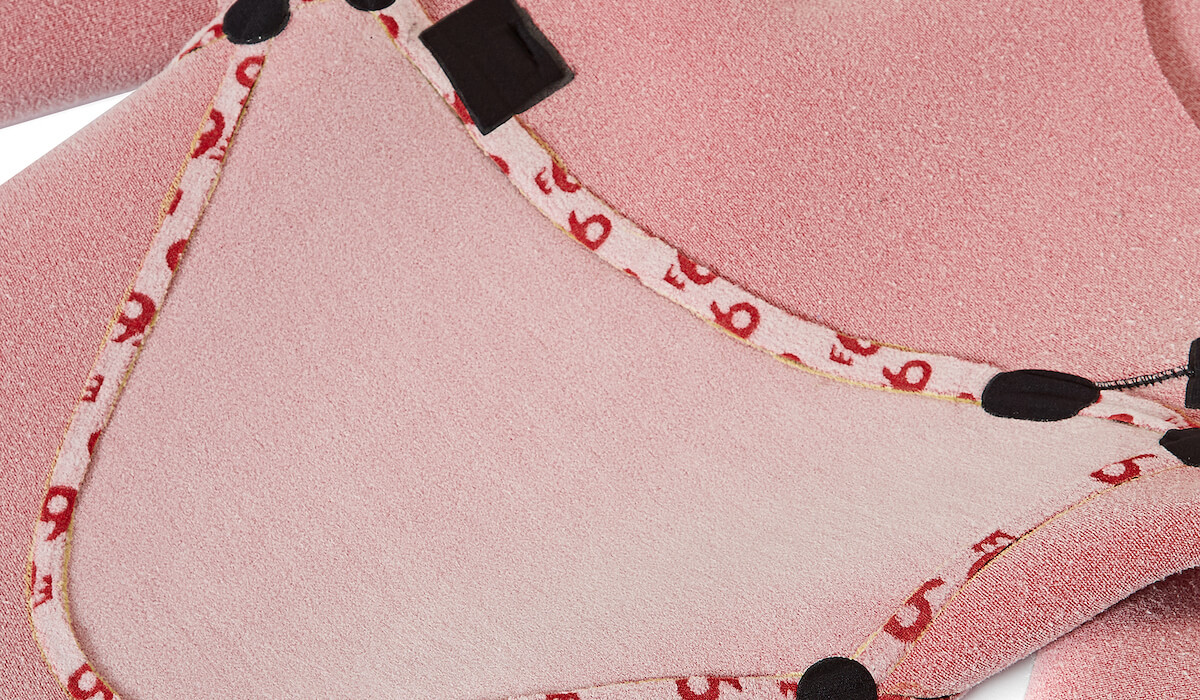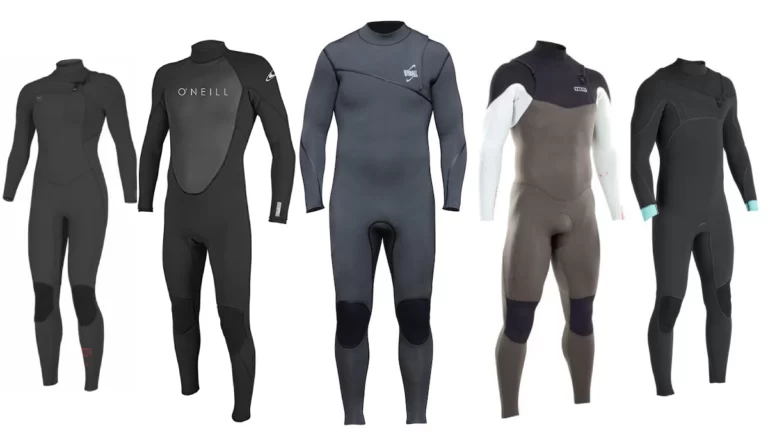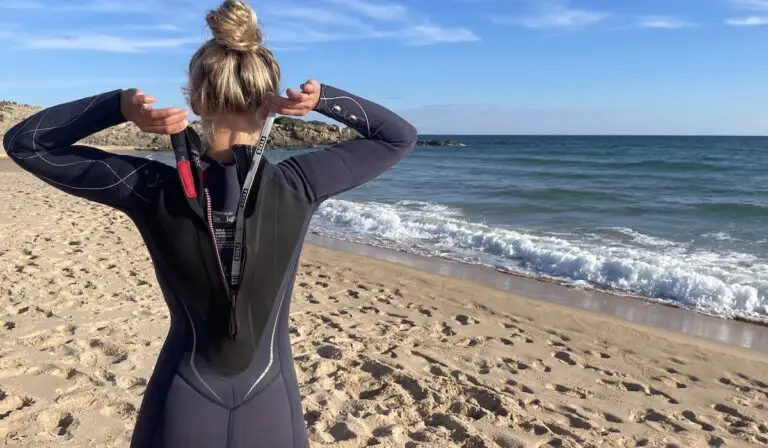What type of internal lining do you need or why do you need it at all? I found out that every wetsuit has an inner lining, but there are different linings with several functions.
In general, every wetsuit has an inner lining of nylon or polyester to protect the neoprene. But there are some linings like fleece or jersey that give more insulation to keep you warmer in the water.
What is the internal lining of a wetsuit?
The inner lining of a wetsuit has mostly some soft material inside, on top of the neoprene. The neoprene is not touching your skin, but there is a thin layer of fabric between you and the neoprene. There is double lined and single lined neoprene, but both have an internal lining. There are many sorts of lining like thick, thin, soft, warm, flexible, etc. and they can exist out of different materials like nylon, polyester, spandex, and many more.
Why do you need a lining?
There are two main reasons why a wetsuit needs an internal lining. The first one is to protect the neoprene from damage or tearing, so it will last longer (more durable). The second reason is that it makes it easier to put on the wetsuit and take it off.
What are the advantages of the inner lining?
- Warmer
The extra layer on the neoprene gives an extra insulation layer. This especially counts for the fleece or jersey lining inside the wetsuit. - Faster dry
This only counts for the fleece or jersey linings. This material lets the water glide off the wetsuit so it could be dry in 15 minutes, they say. This is kind of deceptive because the lining can be dry but the neoprene is still wet. But the wetsuit feels dry though, and a dry wetsuit is more comfortable to put on when it is cold ;). - Comfortable for the skin
If you have a fleece lining, it feels really soft and comfortable. It’s almost like putting on soft second skin. - Protect the neoprene
This is why every wetsuit has an inner lining to protect the neoprene from tearing easily. The lining could be anything like nylon, polyester, or fleece. - Easier to put on and take off
If there was no lining inside the wetsuit it would be really hard to take the sticky neoprene off. In the old days, they didn’t use lining and it was a hassle to take the wetsuit off. - To strengthen the neoprene
They use the lining also to strengthen the neoprene and make it more durable.
What are the disadvantages of lining?
- Less flexible
Neoprene is really stretchy and flexible but most of the linings don’t have the same amount of stretch. So lining the neoprene is holding it back to reach the maximum flexibility of the wetsuit. All brands are searching to create the best flexible lining. - More weight
Adding an extra layer to the neoprene makes the wetsuit heavier and especially if you are in the water. The lining will be soaked with water and will get more heavy.
How many linings are there?
I believe there are more than 100 linings out there since every brand has its own. I will give some examples of the most used linings.
Nylon
Nylon is a common lining in many wetsuits. It is an extremely durable material and it helps protect the neoprene from tearing.
Spandex
Spandex is another alternative to nylon. It is really flexible and also popular for seams.
Jersey (fleece or flash)
Jersey has a lot of names with different brands. But is mostly used as an extra layer of insulation and feels really soft.
Titanium (2nd generation)
Titanium is commonly used by high-end wetsuit manufacturers to strengthen the Neoprene lining and retain heat. If the wetsuit has a titanium layer the suit should be 24% warmer. They even say that the second generation titanium should be twice as effective.
What is the best internal lining?
There is no best lining since every brand will claim that they have the best. But the best lining should give the most flexibility and warmth and be lightweight.
So there are some high-end wetsuits that will claim they have the best lining. Here below there are three examples of lining used in high-end wetsuits.
- O’Neill
TechnoButter 3 Firewall Interior Jersey is the newest inner lining of O’Neill. It is probably not the warmest lining (but still warm of course) but should be the most flexible and fastest dry. - Rip Curl
Flash lining (heat seeker) is probably the warmest lining out there and should be fast dry and is really soft and comfortable. - Billabong
Graphene lining, this lining is really focused on warmth and lightweight. The newer lining is made from recycled material.




